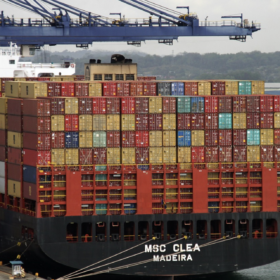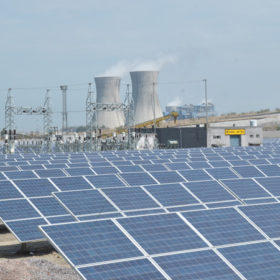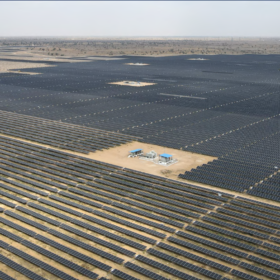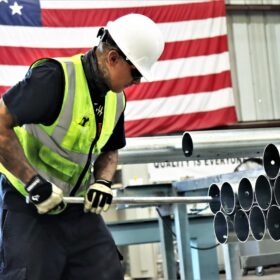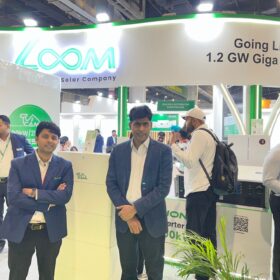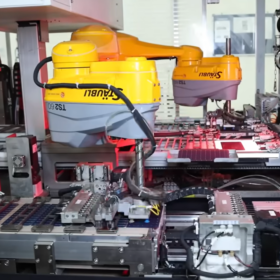“Time is of the essence” to safe harbor solar components to secure U.S. tax credits
Projects can maintain tax credit eligibility if 5% of total capital expenditure is incurred before legislative changes take effect.
US solar group urges trade panel to avert duty-free import surge
A letter from the American Alliance for Solar Manufacturing says the US Trade Commission must act quickly to ensure tariff rulings are in place before a temporary gap creates an opportunity for solar components to be imported duty-free.
Why renewable project execution needs speed and policy synergy
Renewable energy projects that should take 12-18 months to complete often take twice that. More often than not, land acquisition challenges, regulatory overreach and delayed transmission planning are the reasons behind this.
Turkey opens anti-dumping probe into Chinese PV frames, junction boxes
The Turkish authorities claim to have found evidence of dumping practices by Chinese PV junction boxes and frames manufacturers, which allegedly caused substantial damage to domestic producers.
India on track to surpass 2030 emission reduction target
India’s energy sector emission intensity could decrease by 48–57% by 2030 compared to 2005 levels—according to a new emissions modelling analysis by the Council on Energy, Environment and Water (CEEW) and the Alliance for an Energy Efficient Economy (AEEE).
U.S. trade body places final stamp on solar duties
The U.S. International Trade Commission has activated steep duties to offset what it deems improper trade practices supporting U.S. solar imports from Cambodia, Malaysia, Thailand and Vietnam.
India installed 7 GW solar in Q1 2025, says Mercom
India installed 5.5 GW of large-scale solar and 1.2 GW of rooftop solar in the January–March quarter of 2025. Large-scale solar installations were down over 36% year-on-year.
U.S. solar and storage industry calls for changes in reconciliation bill
The Solar Energy Industries Association provided analysis of the devastating impact the changes to energy tax credits will have on jobs, manufacturing and the ability to meet the country’s rapidly growing energy demand.
Building the hydrogen economy: Overcoming infrastructure challenges
Building India’s hydrogen economy requires strategic infrastructure planning, targeted investments, and supportive policies. As industrial leaders continue demonstrating the viability of renewable energy transitions, the groundwork for hydrogen infrastructure follows naturally.
US-China tariff negotiations and impacts
Although the suspension of the 24% tariff under Section 301 sends a signal of easing, the retention of the full 10% under Section 201 and the average 83% anti-dumping/countervailing duties means that Chinese solar PV exports to the US still face a combined tax rate of nearly 200%.

